- Have you tested your water?
- Yes
- If yes, what is your ammonia?
- 0.00 ppm
- If yes, what is your nitrite?
- 0.00ppm
- If yes, what is your nitrate?
- Less than 5 ppm
- If I did not test my water...
- ...I recognize that I will likely be asked to do a test, and that water tests are critical for solving freshwater health problems.
- Do you do water changes?
- Yes
- What percentage of water do you change?
- 91-100%
- How frequently do you change your water?
- Every week
- If I do not change my water...
- ...I recognize that I will likely be recommended to do a water change, and water changes are critical for preventing future freshwater health problems.
A couple weeks ago I collected a number of wild fish, from the Boqueron river.
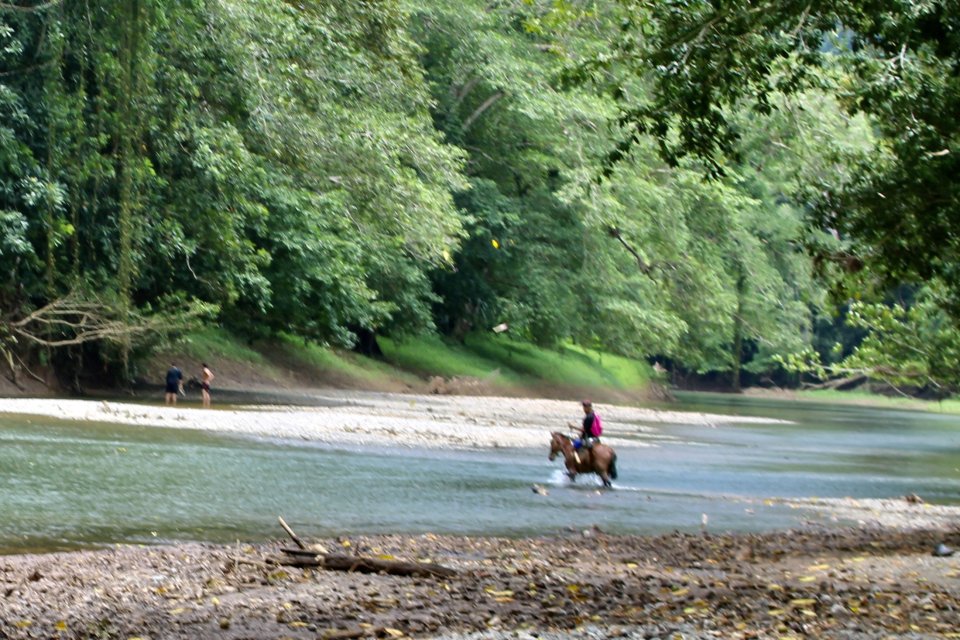
Recently my QT tank was destroyed during an earthquake, and this week, I am paying the price for not immediately replacing it.
Within a week of adding the new fish, my established Darienheros was covered in with Ich, or Epistylis (I have a hard time distinguishing between the 2 maladies),
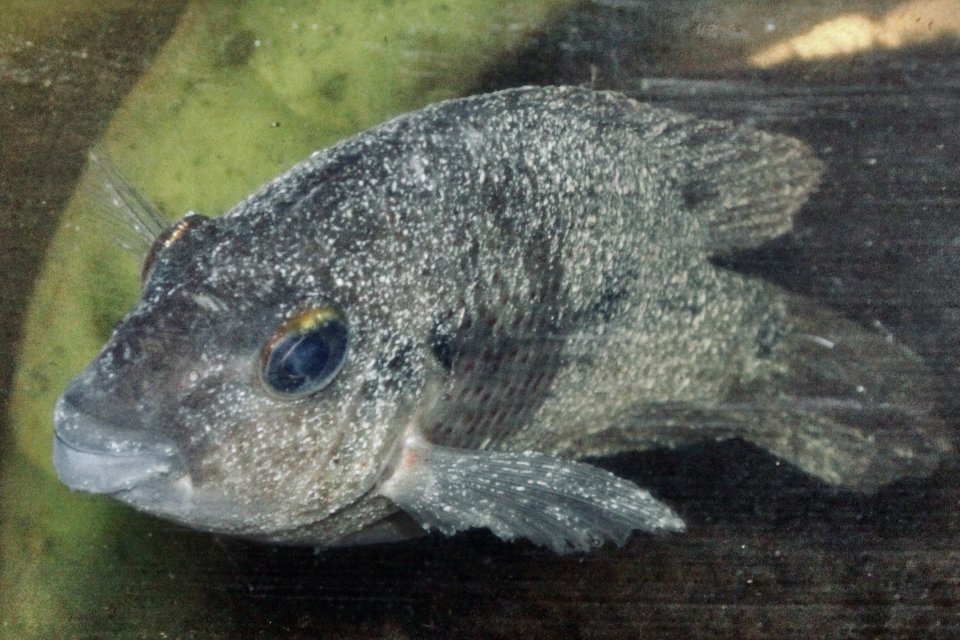
Although no other fish in the tank, (even the new ones) showed any symptoms, new ones could have been Asymptomatic carriers.
Luckily….. Ich is and easy disease to treat and cure by using simply 3 lbs of salt per 100 gallons, creating a salinity of 3 ppt (parts per thousand), with that dosage, emerging ich larvae are unable to survive the osmotic pressure.
And although the bacterial conditions cause by Epislylis are a little more complicated, they are not insurmountable.
So the saline treatment mode was started, difficult in a 180 gal tank, with 125 gal heavily planted sump.
Because this means all 300 gallons needed to be aggressively treated.
For the ich part, I added 7 lbs of table salt (NaCl, is NaCl) over 24 hours, and to control the other protozoal and bacterial end,
a combination of Prazicuantel and Metrozol were used. Both medications here in Panama, are sold over the counter, as Dog and Cat meds.
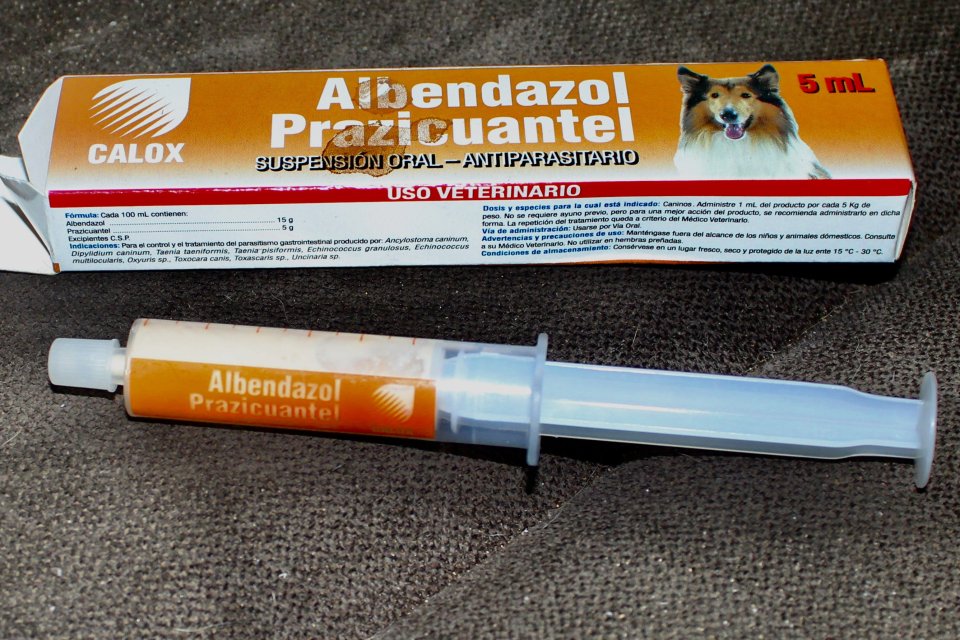
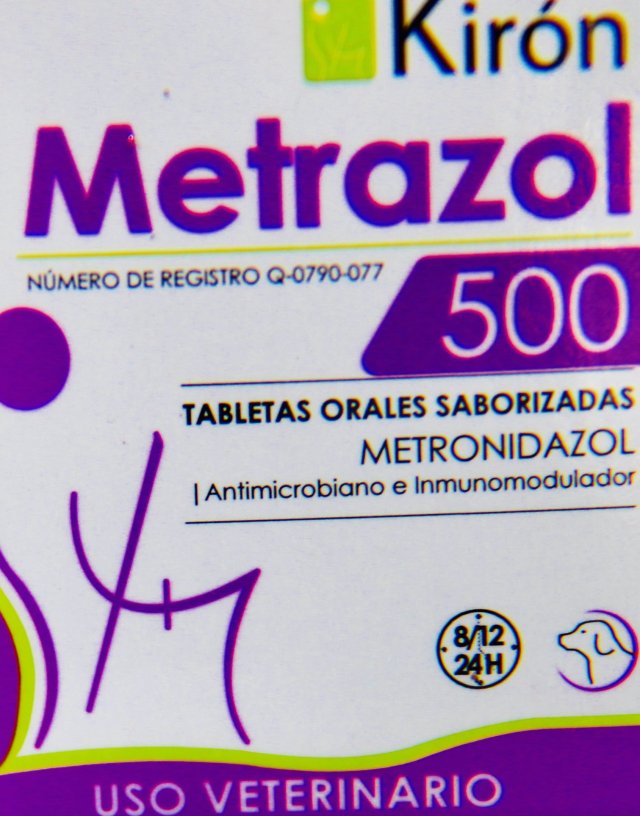
Even if I hadn’t suspected Epistylis, I would have use the Metro, because as.... the ich parasites hatch out from the fishes skin, they leave open lesions, that are opportunistic areas for bacteria and other phages to infect. And although the salt helps, the Metro also is an added piece of insurance.
Today after about 5 days of salinity, the Ich (?) has reduced siginifactly, but, I will update, no mater the result.
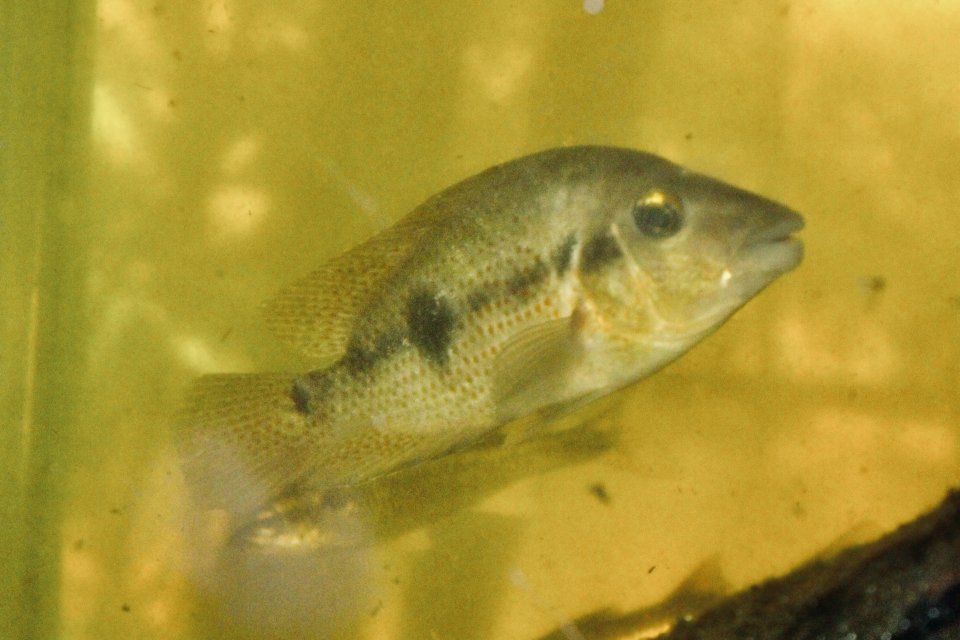
Its hard to see, but there are still a number unhatched ich spots on the skin of the Darienheros, near the dorsal area, and I will continue treatment for at least another full week, even after the spots have disappeared.
There may also be unhatched oocysts in the substrate awaiting a fish to swim by and reinfect, that are inert and immune to the salinity.
It is only as free swimming larvae that they become vulnerable to the ismotic pressure created by the salt salutin.

Recently my QT tank was destroyed during an earthquake, and this week, I am paying the price for not immediately replacing it.
Within a week of adding the new fish, my established Darienheros was covered in with Ich, or Epistylis (I have a hard time distinguishing between the 2 maladies),

Although no other fish in the tank, (even the new ones) showed any symptoms, new ones could have been Asymptomatic carriers.
Luckily….. Ich is and easy disease to treat and cure by using simply 3 lbs of salt per 100 gallons, creating a salinity of 3 ppt (parts per thousand), with that dosage, emerging ich larvae are unable to survive the osmotic pressure.
And although the bacterial conditions cause by Epislylis are a little more complicated, they are not insurmountable.
So the saline treatment mode was started, difficult in a 180 gal tank, with 125 gal heavily planted sump.
Because this means all 300 gallons needed to be aggressively treated.
For the ich part, I added 7 lbs of table salt (NaCl, is NaCl) over 24 hours, and to control the other protozoal and bacterial end,
a combination of Prazicuantel and Metrozol were used. Both medications here in Panama, are sold over the counter, as Dog and Cat meds.


Even if I hadn’t suspected Epistylis, I would have use the Metro, because as.... the ich parasites hatch out from the fishes skin, they leave open lesions, that are opportunistic areas for bacteria and other phages to infect. And although the salt helps, the Metro also is an added piece of insurance.
Today after about 5 days of salinity, the Ich (?) has reduced siginifactly, but, I will update, no mater the result.

Its hard to see, but there are still a number unhatched ich spots on the skin of the Darienheros, near the dorsal area, and I will continue treatment for at least another full week, even after the spots have disappeared.
There may also be unhatched oocysts in the substrate awaiting a fish to swim by and reinfect, that are inert and immune to the salinity.
It is only as free swimming larvae that they become vulnerable to the ismotic pressure created by the salt salutin.


